
3C 75 is a binary black hole system in the dumbbell-shaped galaxy NGC 1128 in the galaxy cluster Abell 400. It has four relativistic jets, two coming from each accreting supermassive black hole. It is travelling at 1200 kilometers per second, causing the jets to be swept back. 3C 75 may be X-ray source 2A 0252+060.
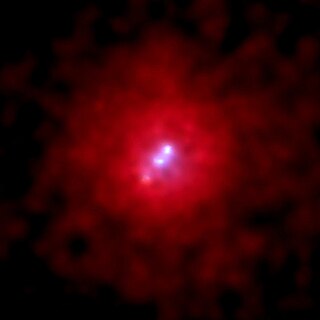
3C 295 is a narrow-line radio galaxy located in the constellation of Boötes. With a redshift of 0.464, it is approximately 5 billion light-years from Earth. At time of the discovery of its redshift in 1960, this was the remotest object known.
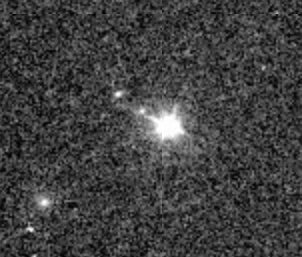
3C 47 is a Seyfert galaxy / lobe-dominated quasar located in the constellation Pisces. It was the first quasar found with the classic double radio-lobe structure.
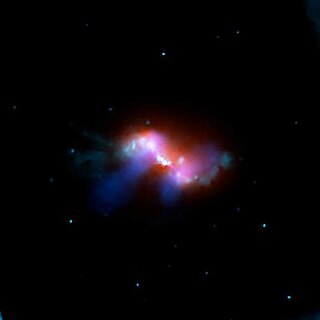
3C 305, also known as IC 1065, is a Seyfert 2 radio galaxy located in the constellation Draco.

3C 390.3 is a broad-line radio galaxy located in the constellation Draco. It is also a Seyfert 1 galaxy which is an X-ray source.
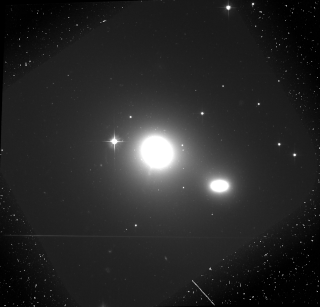
3C 66B is an elliptical Fanaroff and Riley class 1 radio galaxy located in the constellation Andromeda. With an estimated redshift of 0.021258, the galaxy is about 300 million light-years away.
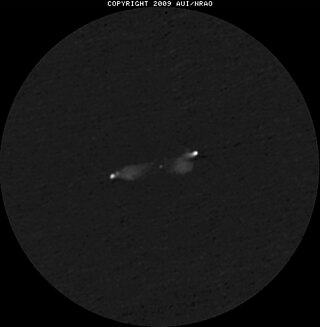
3C 79 is a Seyfert Galaxy located in the constellation Aries. The extended emission-line region (EELR) is almost certainly photoionized by the hidden quasar.

3C 215 is a Seyfert galaxy/Quasar located in the constellation Cancer.

3C 219 is a Seyfert galaxy with a quasar-like appearance located in the constellation Ursa Major. This galaxy's radio jets are not detectable between the core and the outer radio lobes.

3C 249.1 is a Seyfert galaxy located in the constellation Draco.
3C 268.3 is a Seyfert galaxy/quasar located in the constellation Ursa Major.

3C 288 is a radio galaxy located in the constellation Canes Venatici.
3C 299 is a radio galaxy/quasar located in the constellation Boötes.

3C 303 is a Seyfert galaxy with a quasar-like appearance located in the constellation Boötes.

3C 319 is a radio galaxy located in the constellation Draco.

3C 452 is an elliptical galaxy about 1.2 billion light years away located in the constellation Lacerta. 3C 452 is a Seyfert galaxy and a Fanaroff–Riley class 2 radio galaxy, with the radiolobes extending for about 5 arcminutes, which at the distance of 3C 452 corresponds to about 450 kiloparsecs. Fainter radio lobes extend farther away, at megaparsec scales, probably created during a former period of elevated nuclear activity. Diffuse X-ray emission has been detected in the radio lobes.

3C 236 is a Fanaroff and Riley Class II radio galaxy. It is among the largest known radio galaxies, with the radio structure having a total linear size in excess of 4.5 Mpc. The galaxy features a "double-double" radio morphology consisting of the giant relic 4.5 Mpc source and an inner 2 kpc compact steep spectrum radio source. A recent starburst episode near the nucleus may be related to the event resulting in re-ignition of radio activity.

3C 321 is a system of two galaxies rotating around each other. They are notable for showing the first observed galaxy smiting another galaxy with a blast of energy, which is theorized to be from a supermassive black hole at the center of the former galaxy.

3C 371 is a BL Lac object located in the constellation Draco. With a redshift of 0.051, this active galaxy is about 730 million light-years away.

3C 147 (B0538+498) is a compact steep-spectrum (CSS) quasar that was discovered in 1964. It is located in the constellation Auriga not far in the sky from the 5th magnitude star Omicron Aurigae.


















